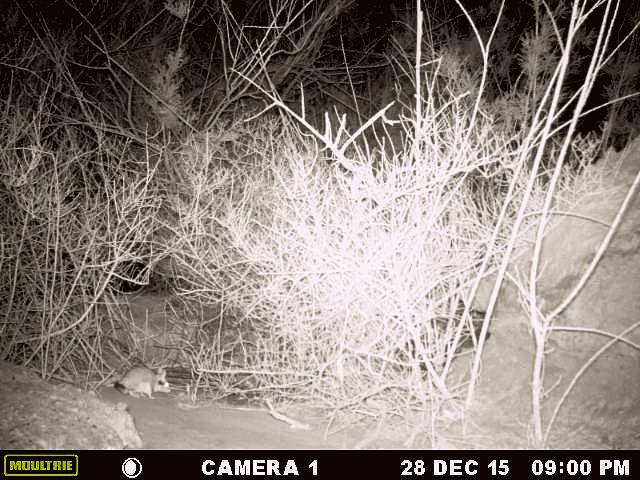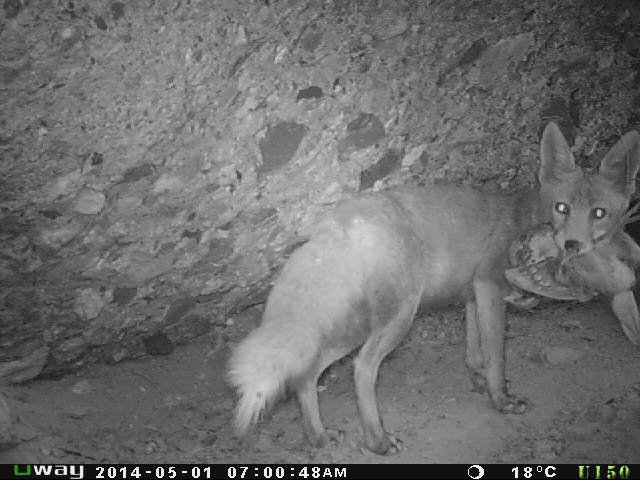
Sunrise on steppe, a red-legged Partridge (click to see the video) walks fearfully between shrubland, always paying attention to any suspicious noise, always ready to take flight. This species represents a key hub in food-web of the semi arid steppe and a link between humans and the ecosystem through environmental management because it is one of the most important hunting species.










